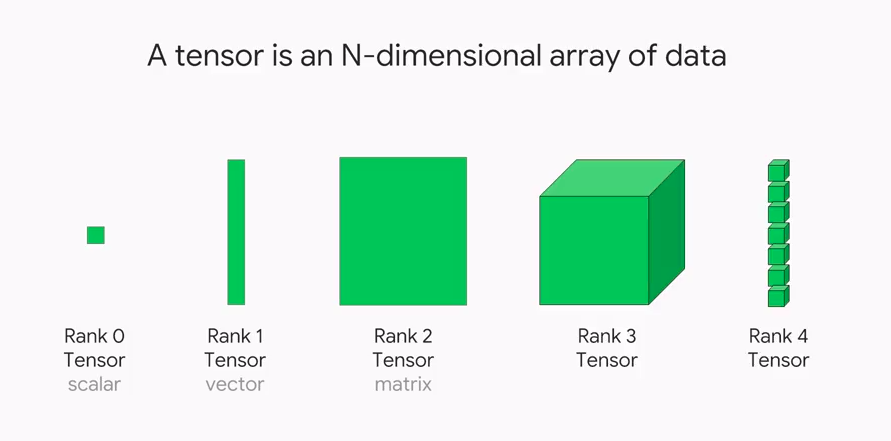1. TL;DR: What happened?
Here’s a set of condensed notes for the NYU course about pytorch. Instead of simply taking full notes, which I’m sure someone before me has done a better, job, I’ll try to focus on resources I used, as well as useful informations given orally, which I did not hear elsewhere.
Please
2. Resources
- Companion website for the pytorch course offered by NYU.
- PyTorch fundamentals overview
- Good Introduction to Computational Graphs
3. W1: Introduction
Tensors

4. Stochastic Gradient Descent
Example of Gradient Descent with Quadratic Function
Suppose we have an unknown quadratic function for which we would like to estimate the parameters.
time = torch.arange(0,20).float(); time
# This is the function we wish to estimate.
# We do NOT know the actual values of the parameters.
speed = torch.randn(20)*3 + 0.75*(time-9.5)**2 + 1We know that the function must be in the form a*(time**2)+(b*time)+c, so it’s a matter of estimating a, b, and c and making them as close to the “true” a, b, and c as possible.
First, we set up a helper function for outputting a value given a set of estimated coefficients a' b' c' under the premise that the true function form is quadratic.
def func(t, params):
a,b,c = params
return a*(t**2) + (b*t) + cThen, we choose a loss function for assessing the quality of a given set of coefficients. In this case, we use the mean squared error (MSE)
def mse(preds, targets): return ((preds-targets)**2).mean().sqrt()Now, we begin a 7 step process of improving our estimate.
- Initialize the parameters
a'b'andc'
# Here we initialize a tensor [a, b, c] of rank 1 holding 3 random numbers, and tag them with the _requires_grad_()
params = torch.randn(3).requires_grad_()- Compute the initial prediction using
func(time, params). - Compute loss for our initial prediction using
loss = mse(preds, speed). (Note: this loss function may be different depending on the problem you’re working with!) - Compute the gradient using
loss.backward(). (**Note when you callbackward(), the previous computional graph is thrown away!) - “Step” the weights in the right directions and reset the gradient values.
lris the learning rate, an arbitrarily small number.lr = 1e-5 params.data -= lr * params.grad.data params.grad = None - Reiterate an arbitrary amount of time.
Put together, it becomes the following:
# Define the "truth". In a training dataset, this would be the labeled data.
speed = torch.randn(20)*3 + 0.75*(time-9.5)**2 + 1
# Definition of evaluation function
def f(t, params):
a,b,c = params
return a*(t**2) + (b*t) + c
# Definition of loss computation
def mse(preds, targets): return ((preds-targets)**2).mean().sqrt()
# Step 1. Random initialization of parameters
params = torch.randn(3).requires_grad_()
# Step 2. Compute initial prediction
preds = f(time, params)
# Step 3. Compute loss from initial prediction and truth
loss = mse(preds, speed)

